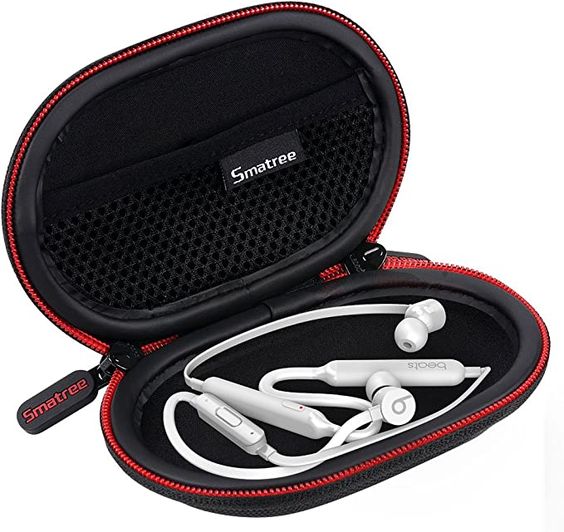Introduction:
Instructional coaching is an essential element for the growth and continuous improvement of an educational institution. It is a collaborative, supportive process in which experienced educators provide guidance, feedback, and expertise to their colleagues. The role of instructional coaches extends beyond mentoring new teachers; they also play a significant part in even the most high-performing schools and among the most accomplished educators. In this article, we discuss why even the best schools and teachers need instructional coaches to maintain an optimal learning environment for students.
1. Continuous Improvement:
Even highly effective teachers should never stop learning or seeking ways to improve their teaching methods. Instructional coaches serve as a valuable resource by helping teachers examine their current practices and find areas for growth. They facilitate the exchange of best practices, innovative ideas, and research-based strategies among faculty members, allowing both novice and veteran teachers to continue evolving professionally.
2. Encouraging Collaboration:
Instructional coaches promote a collaborative culture within schools by initiating discussions between teachers from different grade levels or departments. These conversations foster greater collaboration and enable faculty members to share experiences, challenges, and successful strategies. This cooperative approach helps create a more cohesive school community where everyone is working together towards shared goals.
3. Facilitating Reflection:
Teaching is a dynamic profession that requires constant reflection on one’s practices to achieve greater effectiveness in the classroom. Instructional coaches encourage teachers to engage in self-analysis by discussing lesson plans, assessments, curriculum development, and student-learning data that empower them to make informed decisions on instruction.
4. Supporting Differentiated Instruction:
Each student enters the classroom with unique needs and varied skill levels. Teachers need a support system that helps them cater to each individual’s learning style effectively. Instructional coaches provide guidance on how to effectively differentiate instruction by designing varied instructional materials and scaffolding techniques tailored to meet diverse learner needs.
5. Enhancing Use of Assessment Data:
High-quality schools understand the importance of utilizing assessment data to guide curricular and instructional decisions. Instructional coaches help teachers make sense of the data by analyzing student performance, identifying patterns, and offering actionable strategies to enhance lessons and classroom practices.
6. Empowering Teachers as Leaders:
By working closely with instructional coaches, teachers gain new insights, develop their professional skills, and become more confident in their abilities. This growth helps pave the way for teachers to assume leadership roles within the school community, mentoring other educators, spearheading new initiatives, or shaping school policies.
7. Nurturing a Growth Mindset:
The presence of instructional coaches in a school environment signifies a commitment to growth and improvement on all levels – from administration to teachers and students. This culture of continuous growth encourages all members of the educational ecosystem to challenge themselves and strive for constant progress.
Conclusion:
Instructional coaching plays a significant role in fostering a culture of collaboration, reflection, innovation, and improvement –in both teaching practice and educational outcomes for students. Regardless of their existing skill levels or the caliber of their institution, even the most distinguished schools and accomplished teachers can benefit from partnering with instructional coaches to reach new heights in educational excellence.





